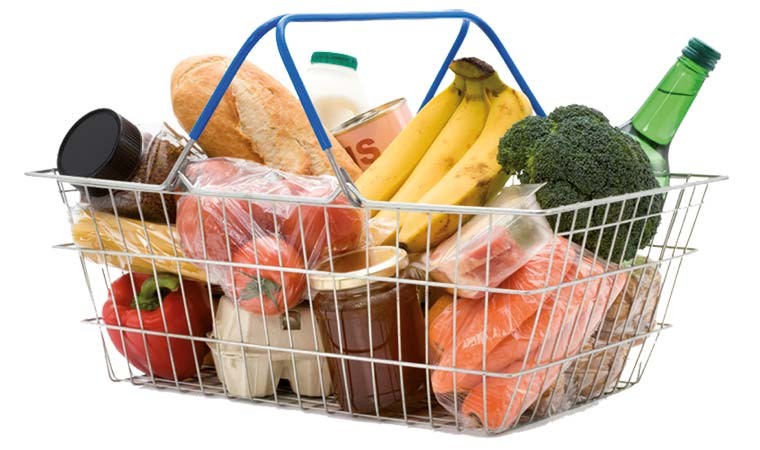The average weekly family shop comes in at £53.20. Over the course of a year that adds up to £2,766. That’s a big chunk of money, with most of it spent at supermarkets.
If we are savvy about the way we use a supermarket, chances are we can shave off a fair amount of our yearly spend. Here’s some tips on how to do it:
Always use a shopping list
Supermarkets are designed to make us spend as much money as possible. The store layout, the branding and the special offers are all carefully considered to make us splash out. One way we can push back against this by making sure we go in armed with a shopping list. By working out exactly what we need before we step into the store, we’re more likely to avoid making impulse buys.
Pay in cash
Paying by credit or debit card offers convenience, but using them in store makes us much more likely to overspend. If, instead, we use cash, then we can be absolutely sure we won’t blow our budget. The best way to make this work is to allocate a weekly budget for the food shop, and take exactly that amount with you in cash. The exception to this is if you do your supermarket shop online, where paying cash is not an option. The difference with shopping online, though, is that you can see a running total of how much you’ve spent, making it less likely you’ll overspend.
Switch down where possible
The big brands spend a lot of money on advertising and packaging their products. The only way they can get that money back is by charging the customer a high price. Often the supermarket own-brand and ‘value’ brand version of the same product is of the same quality as the big brand version. The only reason they cost less is that they spend less on advertising and packaging. Try out the cheaper brands and judge for yourself. Is the big brand any better? In blind taste tests, it’s surprising how often the top rated product is one of the cheapest.
For best value, always go by ‘unit price’
With so much choice cluttering the supermarket shelves, it can be hard to root out the best offers on any particular product. Often, what is priced as the cheapest option is actually more expensive than those with higher prices. To really find the cheapest option, look at the ‘unit price’, which is usually written underneath the actual cost of the item. For example, if one 100g jar of jam costs £1, it is still more expensive than a 200g jar of jam that costs £1.50. The unit price for the £1 jar is £1 per 100g, where the unit price for the £1.50 jar is just £0.75 per 100g.
Go the extra mile, and compare supermarkets
Supermarkets are locked into pricing wars with each other. They are constantly trying to undercut the competition. This can be good news for us, as customers. The problem, until recently, was how would we know who had the best deals? It’s not realistic to think we all have the time to go around each supermarket, jotting down prices and comparing them. Now, though, we can do it in a few minutes, using a comparison site.
Mysupermarket.co.uk lists the prices of products at 15 different supermarkets, and lets you compare them against each other. You fill your ‘virtual shopping basket’ and the site tells you how much your shop will cost at each of the supermarkets. It even gives the option of ordering your shop to be delivered to your home, if that’s what you’d prefer.
Following these few simple tips is a great way of making sure you’re in control of your food shop.
For more tips on getting the best value from your weekly shop, have a look at the supermarket section on moneysavingexpert.com



